“Kumano Hongu Taisha” is the final destination of the Kumano Kodo pilgrimage route and a sacred place that has been visited by worshippers since ancient times.
Many people come seeking blessings for family safety and good fortune.
This article provides information that will enhance your visit to Kumano Hongu Taisha Shrine by helping you understand its history and significance before you go.
Overview of Kumano Hongu Taisha
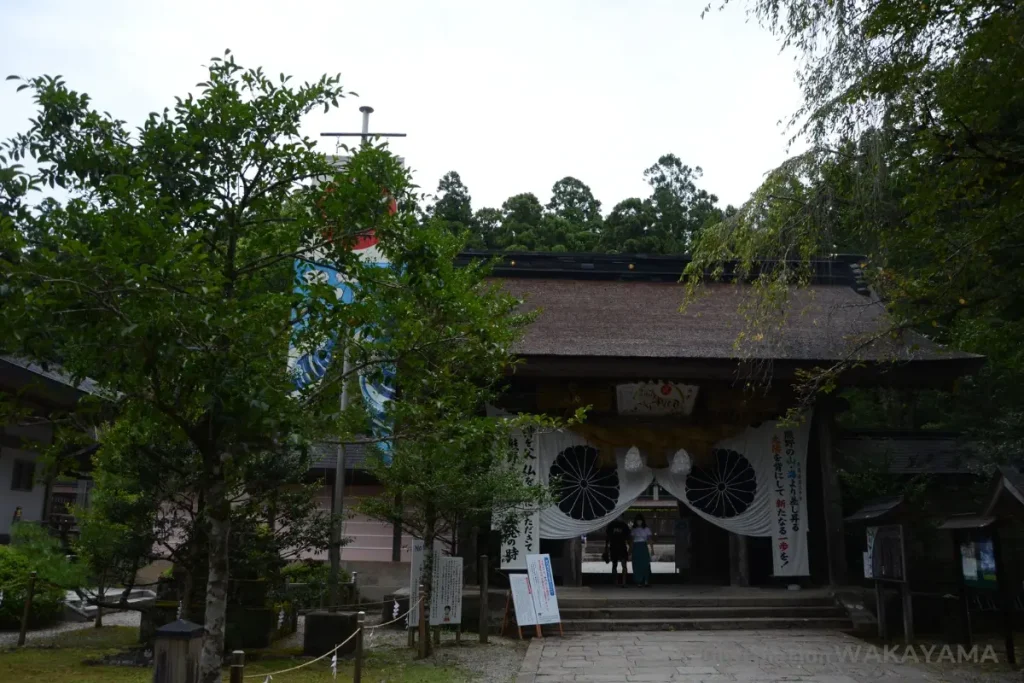
Location and History
Kumano Hongu Taisha is located in Hongu-cho, Tanabe City, Wakayama Prefecture, in the southern part of the Kii Peninsula, nestled in a nature-rich area along the Kumano River.
This shrine is one of the three grand shrines of Kumano (Kumano Sanzan), which includes “Kumano Hayatama Taisha” and “Kumano Nachi Taisha“.
It serves as the head shrine for all Kumano shrines throughout Japan.
Its history dates back to the age of the gods, and by the Heian period, it was already a popular pilgrimage site for people from all walks of life, including aristocrats, samurai, and commoners.
- Kumano Hongu Taisha shrine
-
Hongu 1110, Hongu town, Tanabe city, WAKAYAMA
-
Significance of Kumano Hongu Taisha
Kumano Hongu Taisha holds a central position as the head shrine of all Kumano shrines in Japan.
It is revered as a place of miraculous spiritual power. Among the Kumano Sanzan, Kumano Hongu Taisha is especially significant as the “center of Kumano,” attracting numerous worshippers year-round.
Additionally, it is part of the UNESCO World Heritage Site “Sacred Sites and Pilgrimage Routes in the Kii Mountain Range,” recognized for its profound cultural and historical value.
Relationship with the Kumano Kodo
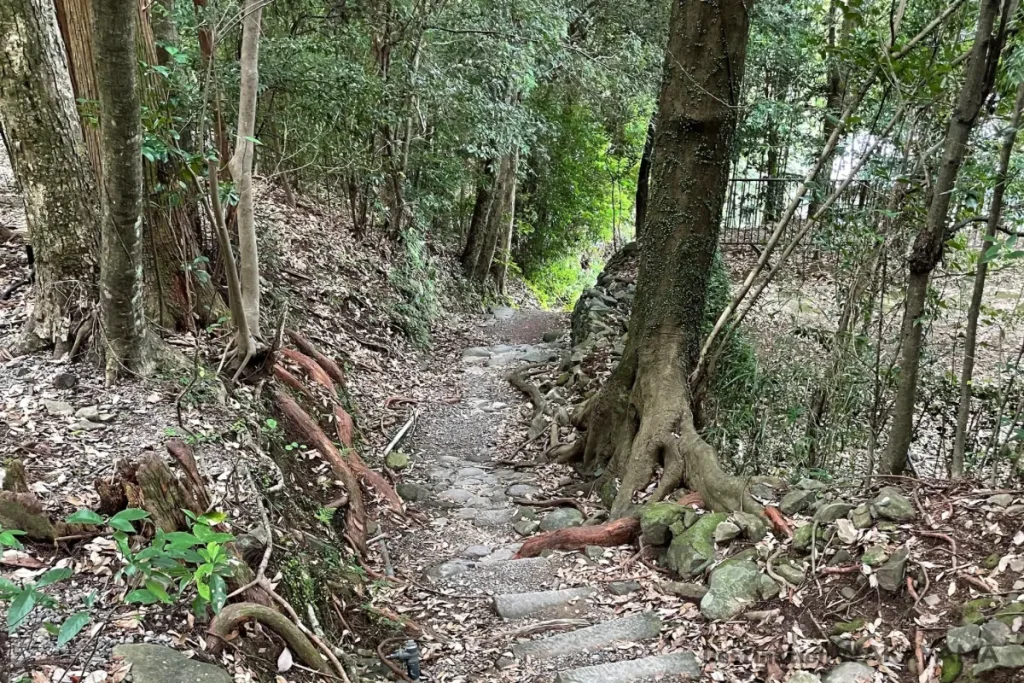
Kumano Hongu Taisha is also a key part of the Kumano Kodo, an ancient pilgrimage route network across the Kii Peninsula used for centuries by pilgrims traveling to the Kumano Sanzan.
Many modern-day visitors and pilgrims walk these historic paths, experiencing both the natural beauty and spiritual heritage of the route.
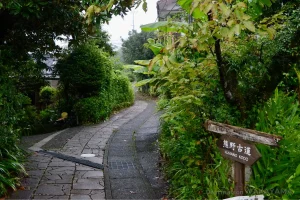
Deities Enshrined and Their Blessings
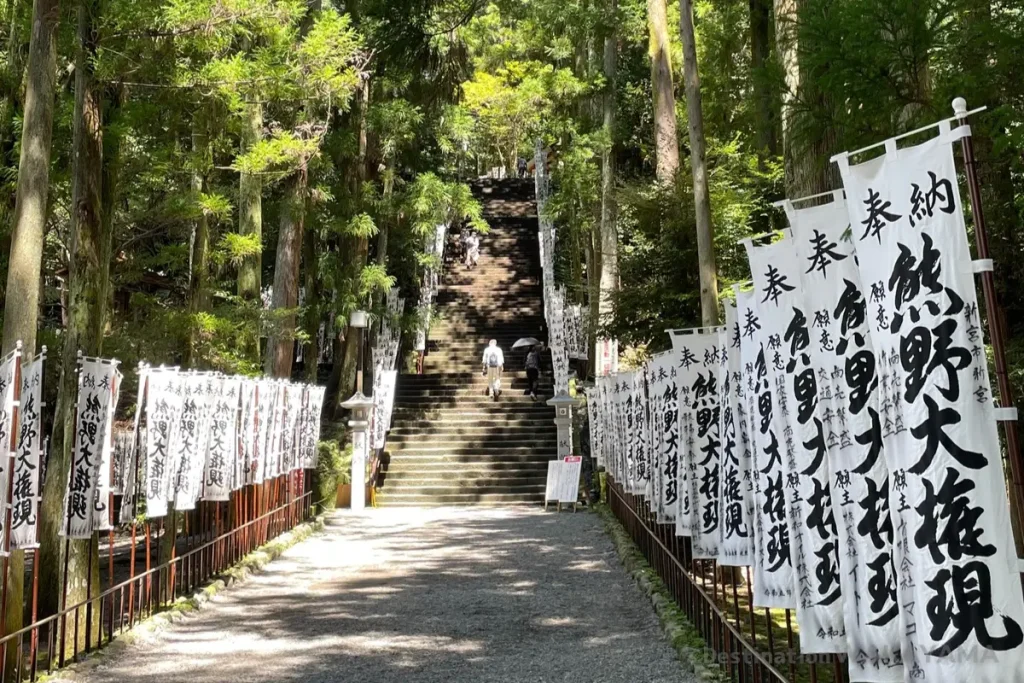
Main Deity and Mythology
The main deity enshrined at Kumano Hongu Taisha is Ketsu Miko Okami. This deity, known as the “God of Trees,” is said to have created various trees by pulling out her own hair. Ketsu Miko Okami is also believed to be the origin of the name of Kii Province (modern-day Wakayama Prefecture). According to mythology, this god was born when Izanagi no Mikoto performed a purification ritual after returning from the underworld, symbolizing purity and powerful cleansing.
Other Deities
Kumano Hongu Taisha also enshrines “Kumano Hayatama no Okami” and “Kumano Fusumi no Okami”.
Kumano Hayatama Okami, another name for “Izanagi no Mikoto”, represents vitality and swift growth. Kumano Fusumi Okami, known as Izanami no Mikoto, is revered as the goddess of motherhood and fertility.
These two deities, considered the first married couple in Japanese mythology, are believed to bring blessings for marriage and family safety.
Yatagarasu Symbolism
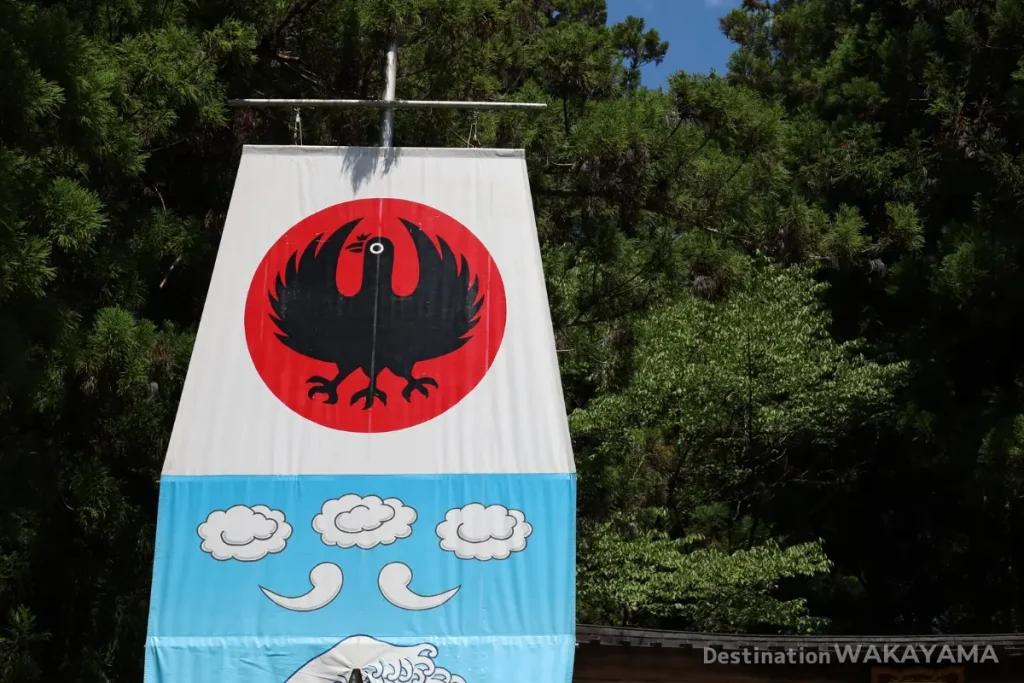
The Yatagarasu, a three-legged crow, is another important symbol at Kumano Hongu Taisha. This legendary bird is said to have guided Emperor Jimmu during his journey from Kumano to Yamato.
It is regarded as a symbol of guidance and is believed to offer blessings for safe travel and new beginnings.
The Yatagarasu is also the symbol of the Japan Football Association, revered as the guardian deity of sports.
Specific Blessings
Visitors to Kumano Hongu Taisha can receive a wide range of blessings, including family safety, traffic safety, good fortune, health, longevity, academic success, and business prosperity.
Many people also visit for its strong purifying powers to ward off evil spirits.
Architectural Features of Kumano Hongu Taisha
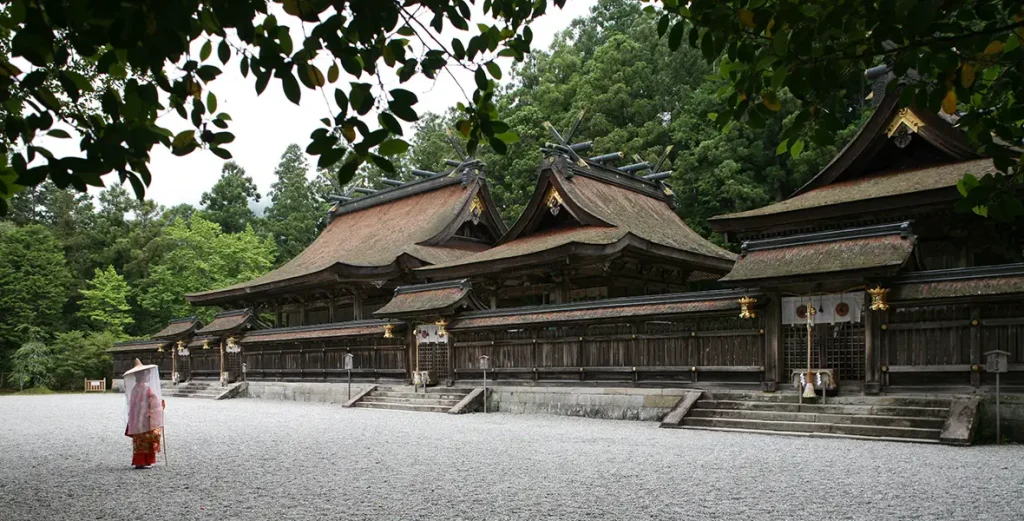
Architectural Style
The architecture of Kumano Hongu Taisha reflects traditional shrine styles, particularly with its gabled roof featuring a gentle slope.
The roof is adorned with sacred decorations such as chigi and katsuogi, which signify holiness and reverence for the gods.
Main Buildings
The shrine complex includes three main structures: the main shrine (honden), the worship hall (haiden), and the offering hall (heiden).
The main shrine is the most sacred area where the gods are enshrined. The worship hall is where visitors offer their prayers, and the offering hall is where rituals are performed by the priests.
These buildings have been rebuilt and maintained over centuries, each holding significant roles.
Highlights within the Grounds
Kumano Hongu Taisha’s grounds feature many points of interest.
The grand torii gate at the entrance of the approach path is particularly striking. The path itself is paved with stone and lined with historic stone lanterns, creating a sacred atmosphere.
The natural beauty of the grounds, with its seasonal changes, adds to the shrine’s appeal.
Oyunohara
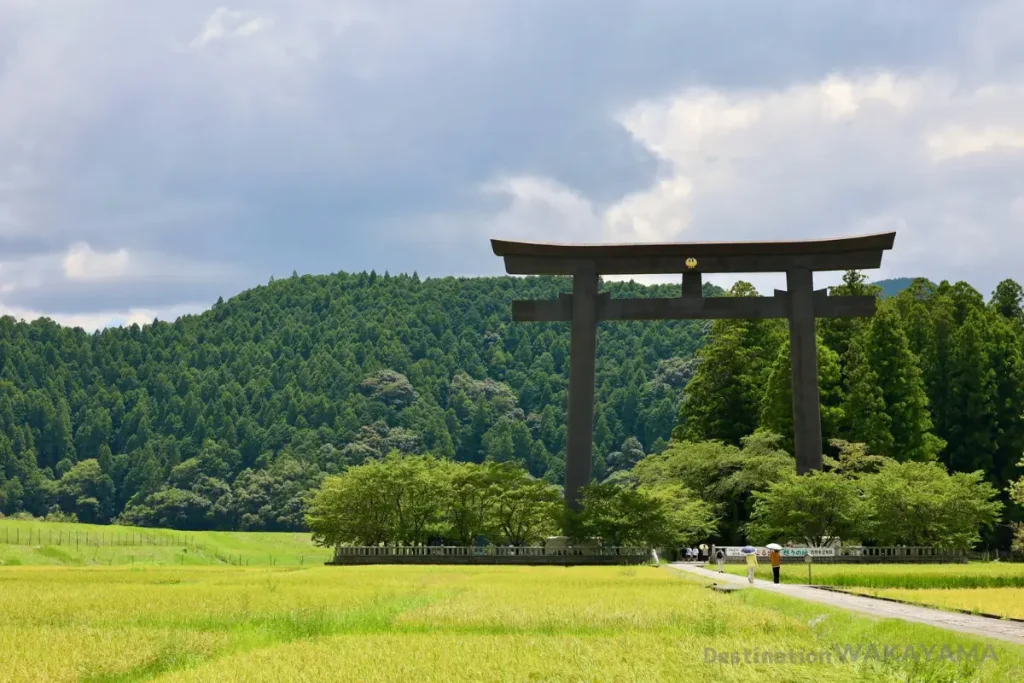
Oyunohara, the original site of Kumano Hongu Taisha, is located on a sandbank in the middle of the Kumano River. Before being moved to its current location due to a great flood in 1889, this was the original location of the shrine. Oyunohara features the tallest torii gate in Japan, standing at 33.9 meters, creating an awe-inspiring entrance. Beyond the torii, the spacious sandbank offers a serene and sacred space for visitors.
Access to Kumano Hongu Taisha
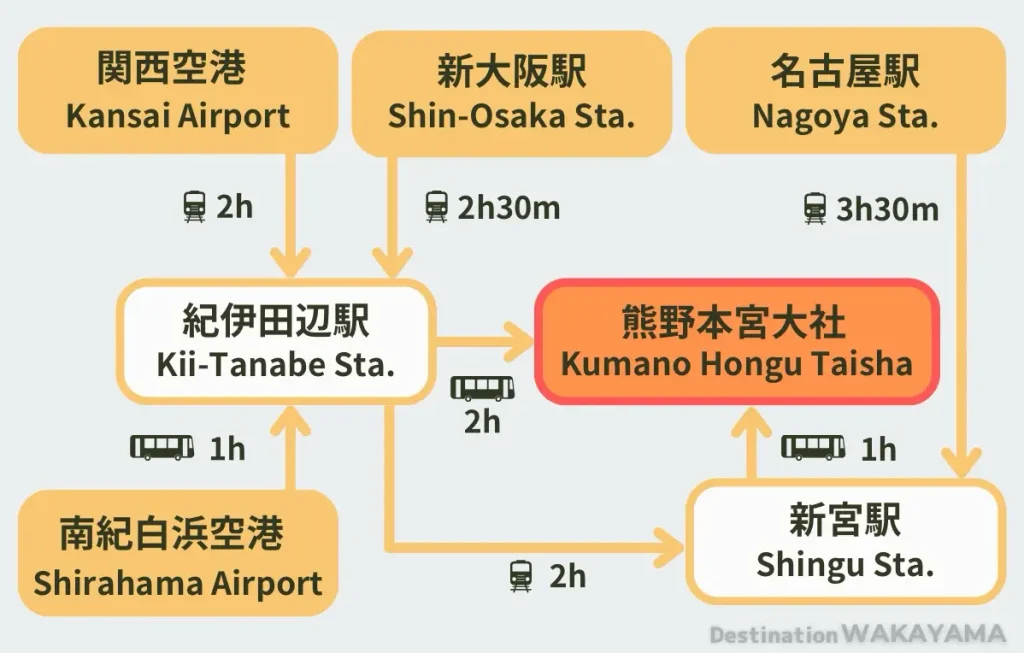
Transportation from Major Stations
To reach Kumano Hongu Taisha from Osaka, Kyoto, or Tokyo, head first to JR Kii-Tanabe Station or Shingu Station.
From Osaka, take the “Limited Express Kuroshio” to Kii-Tanabe or Shingu. From Nagoya, take the “Limited Express Nanki” to Shingu Station.
From these stations, local buses provide access to Kumano Hongu Taisha.
Nearby Tourist Attractions
Nearby attractions include Yunomine Onsen, Kawayu Onsen, and Watase Onsen.
As Kumano Hongu Taisha is the final destination of the Kumano Kodo, visiting these nearby hot springs and completing the pilgrimage route can make for a more enriching travel experience.
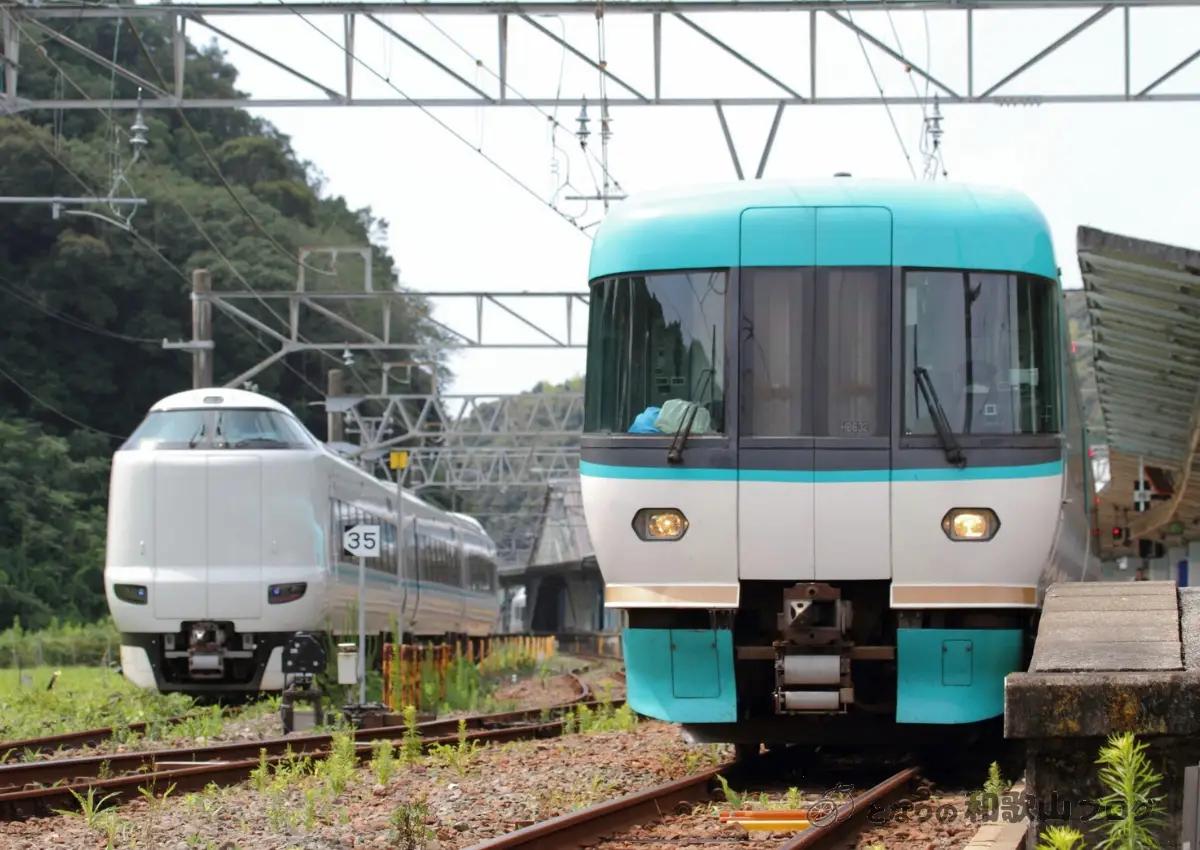
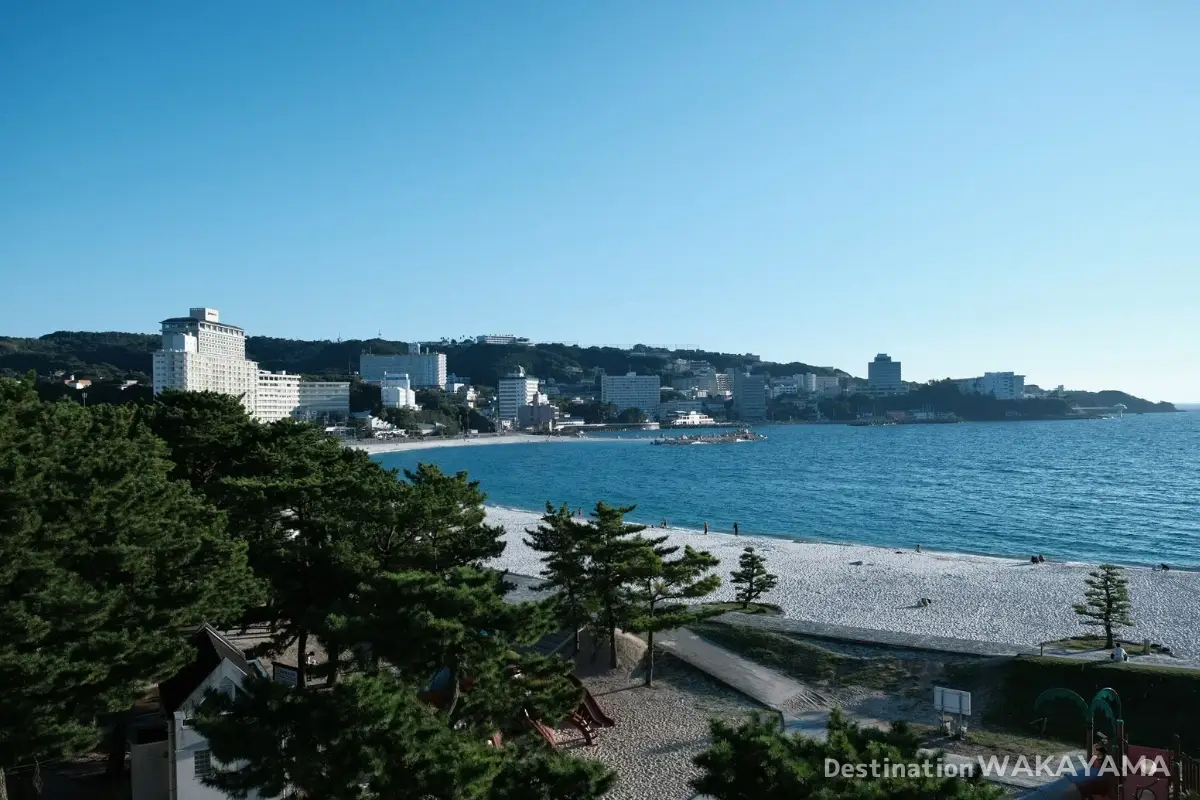
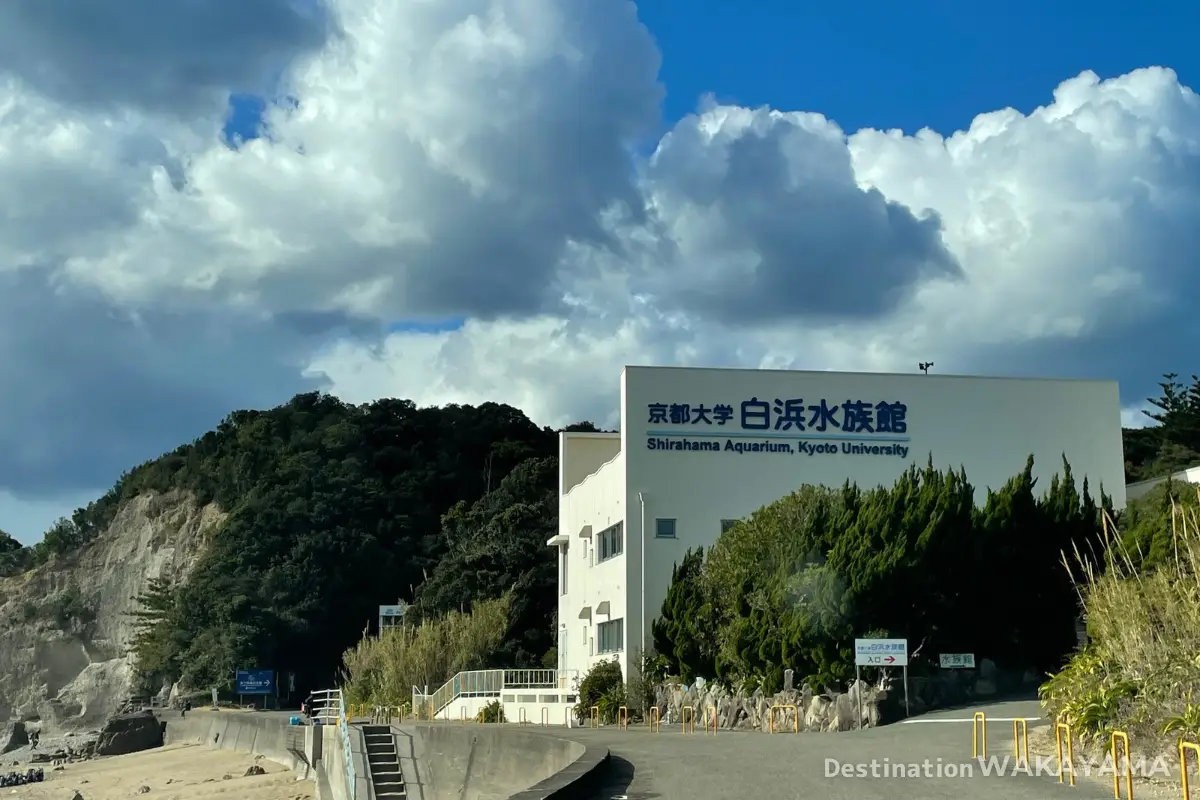

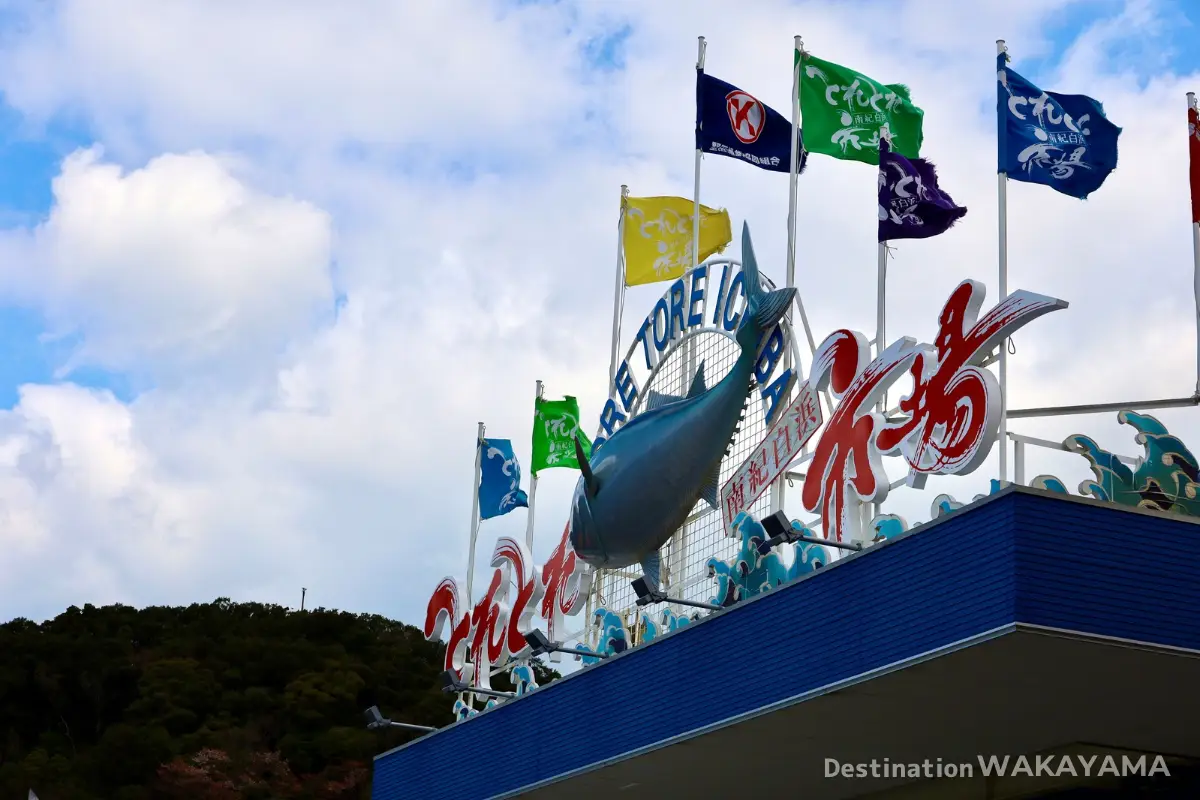

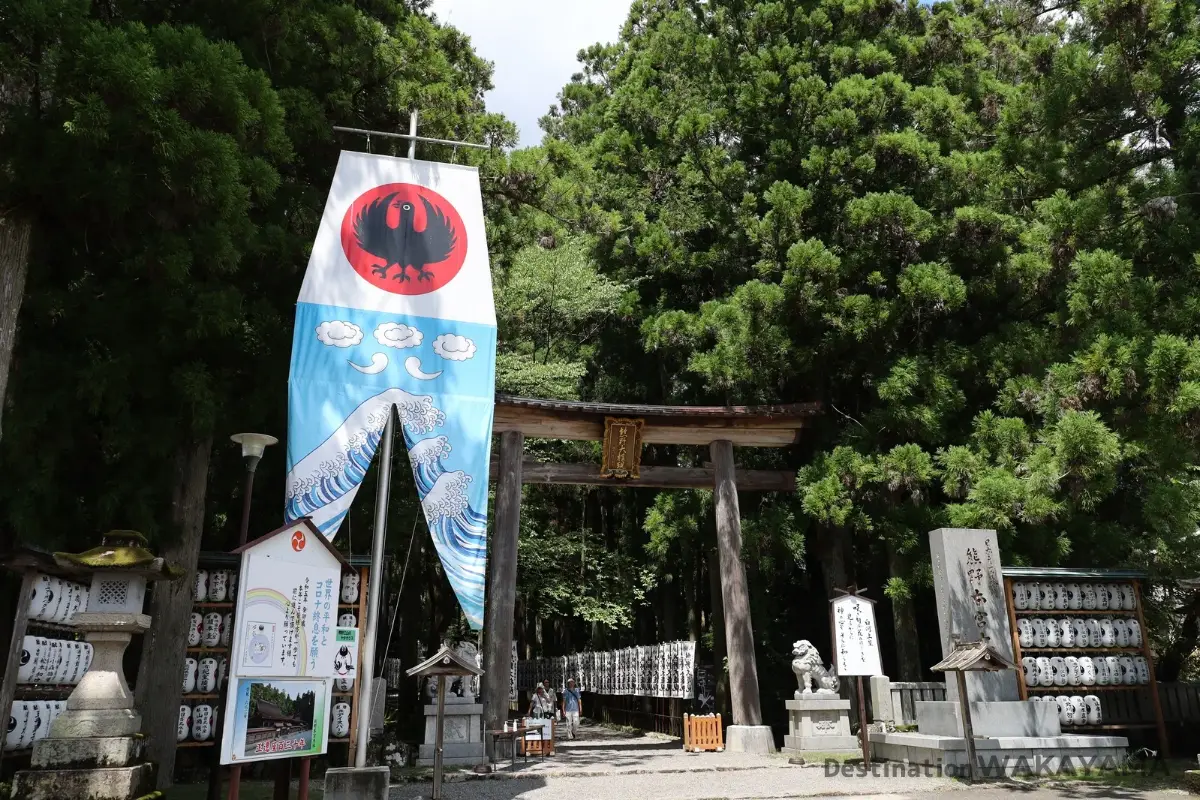

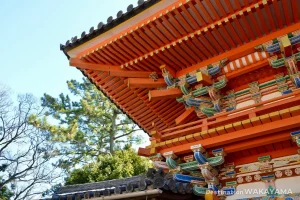
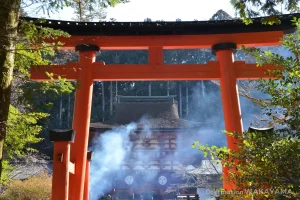
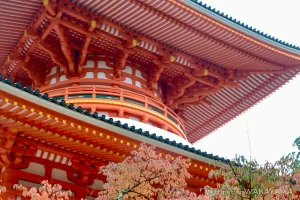

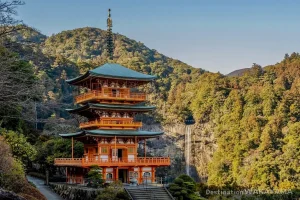
Comments